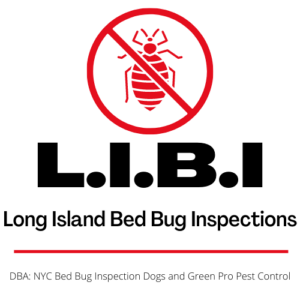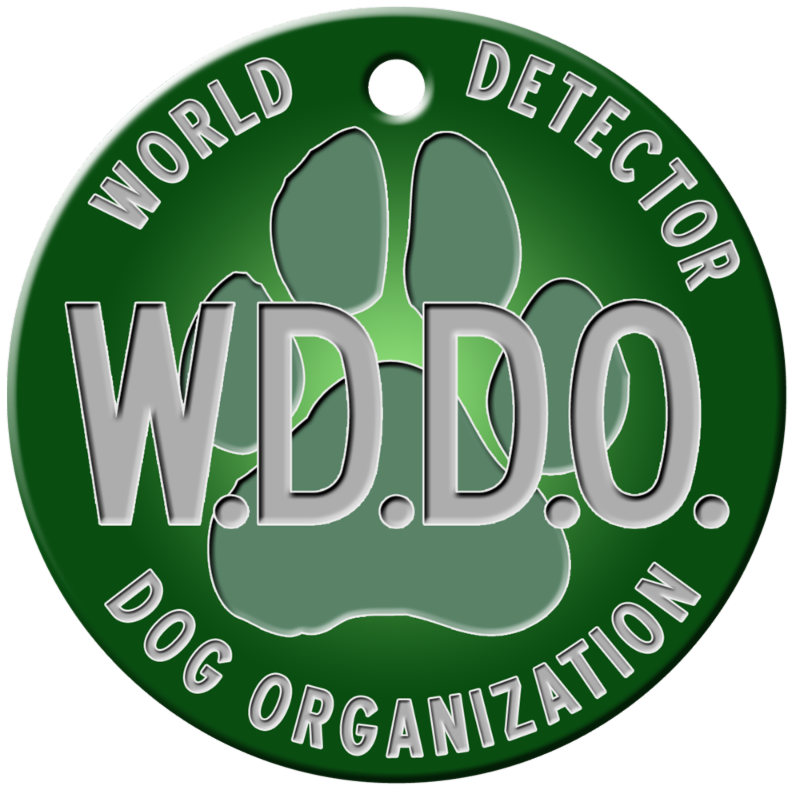In most cases it is necessary to bring in a professional pest control service to safely and effectively deal with a bed bug infestation in your home. It’s the surest way to completely eradicate your bed bug problem.
However, once you have eliminated the infestation there’s no guarantee that the bed bugs won’t return. That’s why it is important to take preventative measures after a successful bed bug removal.
Prevention Means Limiting Hiding Places
The key to preventing a second bed bug infestation is reducing the availability of suitable hiding places. Stealth is the bed bug’s greatest asset. Their ability to hide is their primary defense. So in order to reduce the chances of further infestations it is important to set up barriers to bed bugs coming into your home and reduce their options when it comes to hiding spots.
So let’s look at a few simple tips to help keep the bed bugs out of your home and stifle their ability to find those all-important hiding places.
Diatomaceous Earth
Diatomaceous Earth (DE) is an all-natural material composed of the fossilized remains of diatoms. Diatoms are a common type of phytoplankton found in both fresh and saltwater. Their fossilized skeletons contain high levels of silica. When bed bugs and other pests walk through diatomaceous earth the silica fragments cut into their bodies and effectively kill them.
When using diatomaceous earth to combat bed bugs it is important to choose the right product. Fortunately, DE is relatively inexpensive and fairly easy to source at home and garden departments and hardware stores.
The key is to choose food-grade diatomaceous earth. This is less hazardous to humans and pets while remaining effective and easy to use. Simply sprinkle the product under rugs and furniture where bed bugs are likely to hide. This will help restrict the number of hiding places bed bugs can exploit in your home while effectively killing any stragglers who try to invade your territory.
The one drawback to diatomaceous earth is that it takes time to work. This is why it is more effective as a preventative measure than as a tool to eliminate an existing infestation.
As always, when using any pest control product be sure to follow the manufacturer’s instructions.
Bed Bug Traps and Interceptors
Bed bug interceptors and traps are simple devices. There are several different models and brands on the market, but all work in basically the same way. These products are shallow containers, usually made of plastic, which can be placed under the legs of beds and upholstered chairs and couches.
Bed bug interceptors create a simple but effective barrier that prevents bed bugs from climbing up into beds and sofas. The vertical sides of these traps make it difficult, if not impossible, for pests to climb out of the interceptor. This also helps you confirm if you do indeed have bed bugs in your home or if you are experiencing a different pest control issue. This is vital information when developing an attack strategy with your pest control service.
Keep Up with Regular Housework
It’s a myth that bed bugs only infest dirty buildings. Even the cleanest homes can have bed bugs. So this tip is less about the cleanliness of your home and more about leveraging your housework to help you cut off any infestations at the pass.
Regular vacuuming and dusting makes it more likely you’ll spot a potential bed bug problem before it becomes a full-scale infestation. It also helps to make potential hiding spaces less desirable. A quick tip – be sure to empty your vacuum fully after cleaning any potential hot spots in your home. Dispose of the bag or the vacuum’s contents outside of the home to reduce risk of spreading bed bugs throughout your home.
Routine Home Inspections
Finally, it’s important to keep ahead of any potential bed bug infestations. This is particularly important if you have recently completed a professional bed bug treatment. Regularly inspect bedrooms and other areas of your home that may be attractive to bed bugs. This is especially important for areas of your home that may have previously been host to an infestation.
Regular inspections are a critical step in warding off potential bed bug infestations. Remember, the sooner you spot a problem the quicker you can take steps to eliminate it.
Make Your Home Inhospitable
The key to preventing a bed bug infestation, or a re-infestation, is to make your home inhospitable to bed bugs. Bed bugs need to hide when they are not feeding. If you can limit the availability of attractive hiding spaces you can effectively make your home unattractive to bed bugs. By being proactive you can reduce your chances of waking up to a full-scale bed bug invasion.
Published by Scott Palatnik
If you believe you’ve brought bed bugs into your home or office, give us a call, we can help!
Now with 2 locations. On Long Island @ 516-619-6149, or in NYC @ 212-299-9186
We are Long Island Bedbug Inspections.
Your Bedbug Inspection, and Elimination solution.


